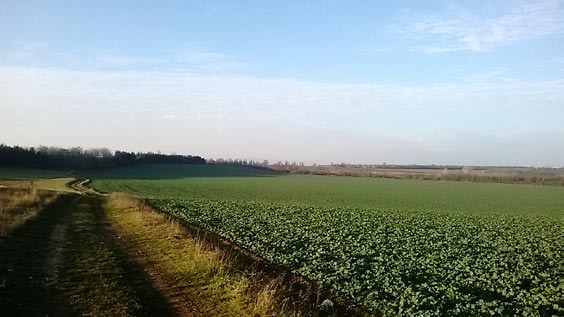The neogene-quaternary evolution of the karst landscape of the Veszprém plateau based on the study of Meggyespuszta paleodoline, Hungary
DOI:
https://doi.org/10.3986/ac.v44i2.801Abstract
The development and the geological activity of the Meggyespuszta paleodoline in Hungary were reconsidered in the light of new findings and review of complex stratigraphic and morphological results. Methods included geomorphological modeling, field geological re-surveys of the data from the existing boreholes and study of the sediments of a newly drilled borehole. Three main phases of the topography evolution were determined: (1) a presumably Early-Middle Neogene primer karstification period, (2) a Late Neogene-Early Quaternary partial charging with typical terrestrial red clay and dolomite silt sediments, (3) and the covering of the paleodoline with loess and loess-based soil cover during the Quaternary. While the south erosion valley was formed likely during Pliocene-Early Pleistocene period, the young, Holocene gullies were found only in the North and East part of the paleodoline. The rearrangement of rainwater course directions could be the consequence of the thinning of the loess sediment from North to South due to the wetter climatic conditions of the Holocene. Based on the oxidized filling sediments, the lack of peat or other lacustrine deposits and the low water content of the sediments above the bedrock, it was concluded that Meggyespuszta paleodoline is one of the largest still active sinkhole in the Transdanubian Range.
Neogensko-kvartalni razvoj kraškega površja planote Veszprém na osnovi raziskav paleovrtače Meggyespuszta, Madžarska
Na osnovi novih stratigrafskih in morfoloških raziskav orišemo geološki razvoj in funkcijo paleovrtače Meggyespuszta. Metode vključujejo geomorfološko modeliranje ter geološko kartiranje in obdelavo podatkov vrtin. Razvoj topografije vrtače delimo v tri faze: 1) začetno obdobje zakrasevanja v zgodnjem in srednjem neogenu, 2) pozno neogensko in zgodnje kvartarno polnjenje z rdečo glino in dolomitnim meljem, 3) pokrivanje paleovrtače s puhlico in z njo povezano prstjo v kvartarju. Erozijske doline so se oblikovale v pliocenu in zgodnjem pleistocenu, holocenski erozijski jarki pa le v severnem in vzhodnem delu vrtače. Prerazporeditev smeri odtekanja deževnice je verjetno posledica tanjšanja puhlice v smeri sever-jug zaradi vlažnejšega holocenskega podnebja. Glede na prisotnost oksidiranih sedimentov, odsotnost šote in drugih jezerskih sedimentov ter majhno vsebnost vode v sedimentih nad matično kamnino, sklepamo, da je Meggyespuszta ena največjih aktivnih vrtač v Transdonavskem hribovju.
Downloads

Downloads
Published
How to Cite
Issue
Section
License
Authors guarantee that the work is their own original creation and does not infringe any statutory or common-law copyright or any proprietary right of any third party. In case of claims by third parties, authors commit their self to defend the interests of the publisher, and shall cover any potential costs.
More in: Submission chapter




